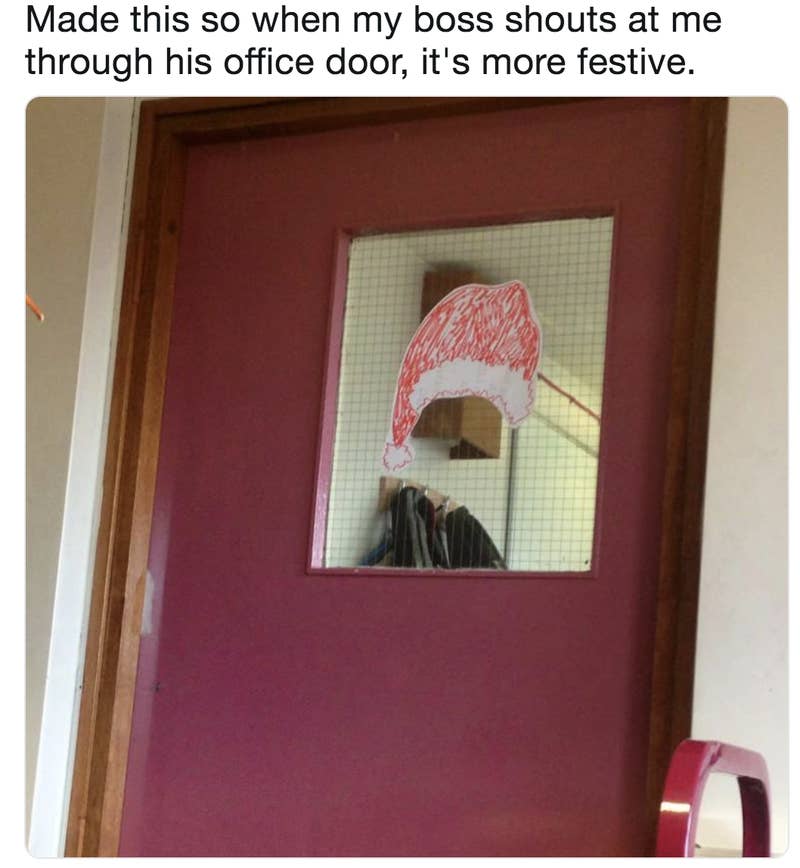It may seem like a miracle when your Christmas tree breaks bud and begins to grow while on display, and it is, the miracle of nature.

Often, Michigan State University Extension educators receive calls from homeowners in December because their Christmas tree has broken bud and started to grow while in the house. To understand what is going on, we need to talk about how conifers develop and survive the winter. Each year, trees follow a cycle of dormancy in the fall. This process helps them survive through winter until spring when they will come out of dormancy, de-harden and resume growth.
- My Christmas TreeSong by John Williams Christmastime means laughter Toboggans in the snow, Caroling together With faces a glow Stockings on the mantel, A wr.
- Most pines, firs and spruces that serve as traditional Christmas trees can be grown without issue provided that you have a good planting site that receives full sun and has well-drained soil. Heavy clay soils are detrimental to most of these trees unless the planting site is located on a slope, allowing excess moisture to runoff.
The two most critical environmental factors that trigger the dormancy process are the reduction of light, or photoperiod, and low temperatures. Conifers will stop growing and set terminal buds as days become shorter even though the day temperatures are still relatively warm, but the nights are cool in August and September. The dormancy process first begins because of decreasing photoperiod, but continues as trees respond to low temperatures around or just below the freezing point. This dormancy or chilling period is needed before normal growth will resume in the spring.
As a general rule, most conifers need to accumulate at six to 10 weeks of exposure to temperatures below 40 degrees Fahrenheit in order to meet their chilling requirement to overcome dormancy. The chilling requirement is an evolutionary adaptation that protects trees from starting to grow anytime they experience a brief warmup during the winter. It’s the same reason bulbs don’t start to grow as soon as you plant them in the fall.
Signup to be notified when you’ll be able to book a Christmas tree pickup during our 2021-2022 pickup season!
Some tree species require a relatively short chilling period to overcome dormancy. If we have a cold fall and early winter, trees may accumulate enough chilling hours to satisfy their dormancy requirement before they are harvested from their field or during shipping and display at the tree lot. Once the chilling hours are met, the only thing keeping the tree from growing is that outdoor temperatures are too cold. Once trees are placed in a warm, favorable environment, they can and sometimes do begin to grow like it’s springtime. This can seem like a miracle, but it is just the miracle of nature.
More information on selecting and caring for your Christmas tree from MSU Extension
Raise My Christmas Tree
Articles:
Tip sheets:
Videos:
Dr. Cregg’s work is funded in part by MSU’s AgBioResearch.
My Christmas Tree Won't Grow Poem

This article was published by Michigan State University Extension. For more information, visit https://extension.msu.edu. To have a digest of information delivered straight to your email inbox, visit https://extension.msu.edu/newsletters. To contact an expert in your area, visit https://extension.msu.edu/experts, or call 888-MSUE4MI (888-678-3464).
The Temptations My Christmas Tree
Did you find this article useful?
Free Christmas Trees Near Me
Check out the MSU Agricultural Industries Certificate Program!
My Christmas Tree
You Might Also Be Interested In

